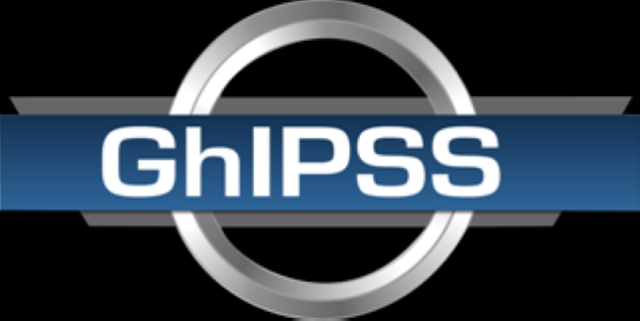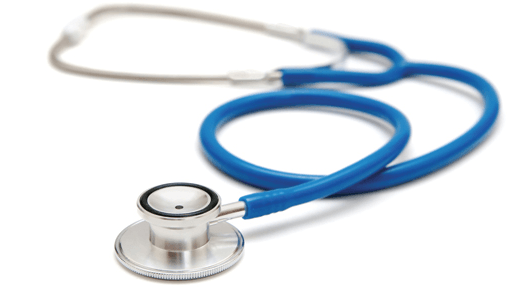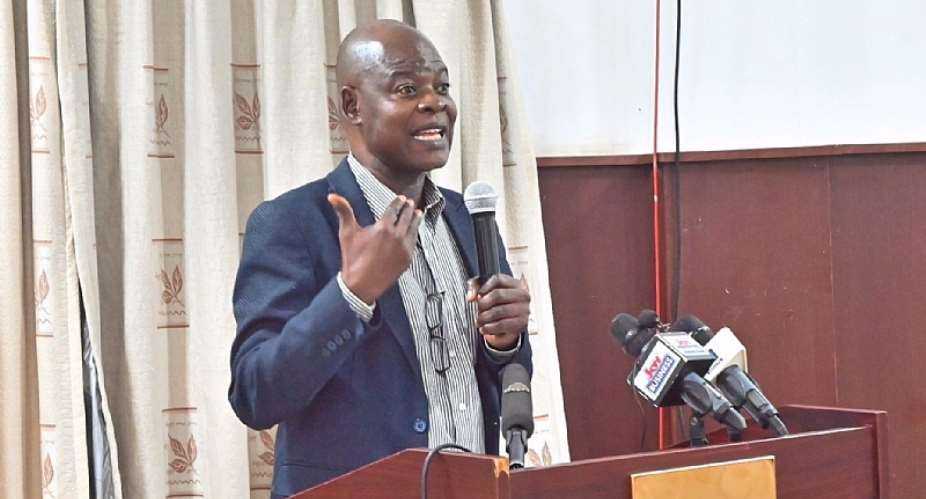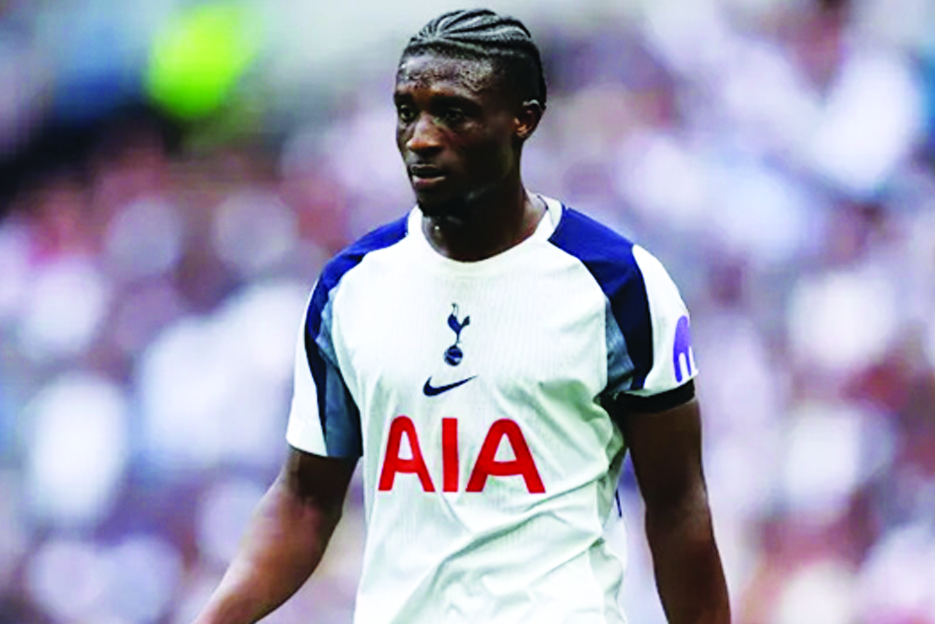
By James K. GALBRAITH
The stock market crash is – perhaps – the long-awaited signal of a US economic slump. For President Joe Biden’s administration and Kamala Harris’s presidential campaign, the timing could not be worse. For years, they have tried to sell their economic record as a success story. With markets in decline and unemployment rising, that sale just went from hard to impossible.
The market meltdown and impending recession come over two full years after the Federal Reserve started hiking interest rates to “fight inflation.” They are the direct, but delayed, consequence of that policy. So, the Fed’s policy is finally having its intended effect – over two years after inflation peaked and began to fall, for reasons unrelated to the Fed’s policy.
Will a recession now come? For at least 40 years, an inverted yield curve on US Treasuries has been a reliable indicator of recession in America. In 1980, 1982, 1989, 2000, 2006, and 2019, the interest rate on 90-day Treasury-bills rose above that on ten-year bonds, and a slump followed within a year. In all cases after 1982, the inversion was over when the recession arrived – but it arrived nonetheless.
This happens because when the Fed raises short-term interest rates, credit for business investment, construction, and mortgages begins to dry up. Why lend at 4% or 5%, or even more, with risk, when you can park your cash, risk-free, for 5%? Other factors, including a rising dollar (bad for exports), and interest resets on old loans (bad for credit card and mortgage defaults, notoriously in 2007-08), also play a role. Eventually, long-term rates start to rise, and the inversion ends, but then high long-term rates do further damage.
In this cycle, while the yield curve inverted in October 2022, no recession ensued – until now. Offsetting forces supported the economy, including very large fiscal deficits, the payment of interest on a historically large national debt, and the direct payment of interest (since 2009) on very large bank reserves. The economy rolled along, despite the Fed’s best efforts to slow it down.
No more. Unemployment is up almost a full percentage point over the past year, and job creation is way down. The number of newly unemployed, newly employed part-time for economic reasons, and those not in the labor force but wanting a job increased by over a million from June to July. Claudia Sahm’s indicator of recession – a half-point increase in unemployment on a three-month moving average basis – is blinking red. The Sahm rule has held since at least 1960.
In 2007, two co-authors and I studied the history of Fed behavior in response to economic conditions. We found that, contrary to rhetoric, after 1984 the Fed ceased reacting to inflation (to be fair, there was not much to react to). Instead, the Fed would raise short-term interest rates in response to a low or falling unemployment rate – the classic concern of bosses who fear their workers may demand higher wages or desert them for better jobs.
Most important, we tested whether the US presidential election cycle had a statistical effect on the yield curve after controlling for inflation and unemployment. We found – in every model we tried – that there was a distinct and strong effect: in presidential election years, the Fed pursues an easier policy if the Republicans hold the White House, and a tighter one if the president is a Democrat. Specifically, our model predicted a tightening effect of about 1.5 points when the unemployment rate is low, with an additional 0.6 in a presidential election year when the Democrats hold the White House, compared to an easing effect of 0.9 if the president is Republican. Thus, in an election year with low unemployment, the predicted swing is about three percentage points in the yield curve.
In all key respects, our 17-year-old model predicts the current situation. From bosses’ point of view, unemployment has been disturbingly low. And a Democrat is in the White House. The yield curve is inverted by about 1.5 percentage points. We therefore would have expected a flat yield curve if the president were a Republican, and a positively sloping curve – the normal situation – if unemployment had also been higher. Statistically speaking, the model explains why the Fed has stubbornly refused to lower interest rates, despite the steady decline in the inflation rate.
Democratic presidents have no one to blame for this but themselves. For decades, they have deferred to the Fed as the “fight inflation” institution. For decades, they have reappointed Republican chairs: Alan Greenspan, Ben Bernanke, and Jerome Powell. Beyond the chairs, bankers and economists are strongly represented on the Fed’s Board of Governors and in the regional Federal Reserve Banks.
These people may see themselves as non-partisan high priests, but they are broadly aligned with Wall Street and against the interests of workers. The result, predictably, is recurrent paralysis of progressive economic policy.
Back when Democrats took workers seriously – roughly the late nineteenth century through the 1960s – they understood that Big Finance had to be confronted and controlled. From the 1930s until the late 1970s, America had regulations and regulators committed to that task. But this dispensation was largely swept away in the 1980s, and since the Bill Clinton era the Democratic Party has left the Fed alone – and received a lot of Wall Street cash in return.
This presidential campaign has seen a lot of twists and turns. The Fed’s economic shock – if it continues to develop – will be another big one. Given the possible effect come November, Democrats may now face another long period out of office. May they use it, if they must, to reflect on the unwisdom of their 30-year bargain with Big Finance.
James K. Galbraith, Professor at the Lyndon B. Johnson School of Public Affairs at the University of Texas at Austin, is a former executive director of the Joint Economic Committee of the US Congress and the co-author (with Jing Chen) of the forthcoming Entropy Economics: The Living Basis of Value and Production (University of Chicago Press). In the late 1970s he was responsible for monetary policy oversight at the House Banking Committee.
Copyright: Project Syndicate, 2024.
www.project-syndicate.org
The post High interest rates finally bite appeared first on The Business & Financial Times.
Read Full Story

















Facebook
Twitter
Pinterest
Instagram
Google+
YouTube
LinkedIn
RSS